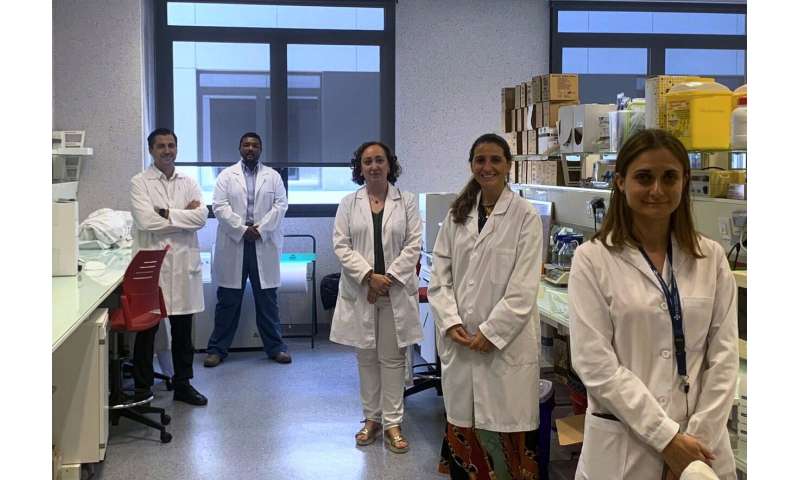
The dark pigmentations that appear around the gums on dental enamel have a bacterial origin and there is currently no definitive therapy to remove it entirely. In order to find the best way to fight against the creation of these black stains on teeth, the Oral Microbiology Group of the CEU Cardenal Herrera University (CEU UCH) of Valencia, Spain, has conducted the first study in the world with adults on the metagenomics of dental black plaque, in collaboration with company Microomics Systems S.L, whose headquarters are in Barcelona. “Although in previous studies we assessed the efficiency of phototherapy in the treatment of these stains on the enamel, knowing the metagenomics of this type of dark plaque of bacterial origin will allow us to progress in finding definitive treatments for its removal,” highlight the study authors.
In their work, published in journal Scientific Reports, the CEU UCH and Microomics Systems researchers have described and compared the microbial diversity of dental white plaque and the black stains that appear on them, on a total 27 volunteer adults, all of which are receiving treatment at the University Dental Clinic of the CEU UCH in Valencia. The characterisation of the taxonomic profile of the samples and comparing the microbiomes of white and black dental plaque is a study that had only been performed on children, who most often suffer from these types of stains.
First map of the microbiome of dental black plaque
With this data, the CEU UCH team has created the first map of the microbiome of dental black plaque in adults, finding that the variety of bacterial species is lower than in dental white plaque. The five most common bacterial species found in the dental black plaque of the adults studies were from the Capnocytophaga, Leptotrichia, Fusobacterium, Corynebacterium and Streptococcus genuses. The study also made it possible to detect the existence of functional routes among the microbiomes of white and black dental plaque.
“We have found that the key for the formation of dental black plaque are the routes of biosynthetic compounds of the heme group, which would explain the black color,” highlight the researchers. The sequestration of iron by the bacteria of the black plaque and its subsequent metabolism towards biosynthetic routes of the heme group are essential for the formation of this type of plaque, the study reveals. This finding, along with new research for its complete description, will make it possible to progress in the designing of treatments that prevent the appearance of dental black plaque in the most effective way.
Source: Read Full Article
